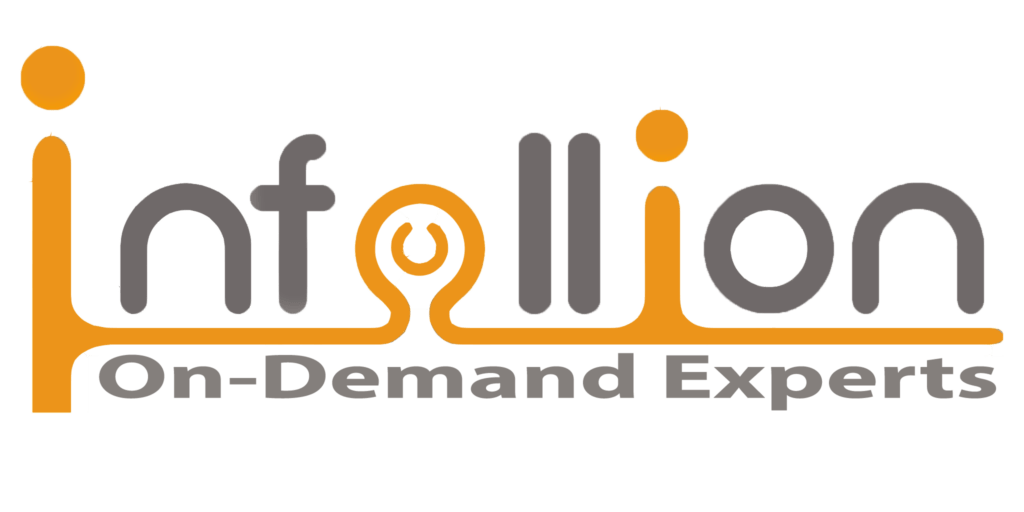Curriculum
- 5 Sections
- 25 Lessons
- 1 Day
Expand all sectionsCollapse all sections
- Modal Economics – Why & When to Choose Rail or Intermodal5
- 1.1Cost & Volume Thresholds: Per tonne/km breakeven, shipment size benchmarks
- 1.2Keywords: Unit Train, Rake Utilization, Terminal Handling Charges (THC), LR (Lorry Receipt)
- 1.3Decision Logic: Rail vs Road vs Combined – when is each viable?
- 1.4Case: Cement player shifted to rake loads and saved 22% freight spend
- 1.5Tools: Mode Cost Comparison Template – decision logic builder
- Indian Railways & Private Freight Operator Ecosystem5
- 2.1IR Freight Services: BCNA, BRN, BOXN, NMG rake types
- 2.2Private Freight Terminals (PFTs), DFC integration, Sidings
- 2.3Keywords: FOIS (Freight Operations Information System), RMS (Rail Mode Shift), WRR (Wagon Routing Request)
- 2.4Case Study: Heavy equipment moved via private siding with advance rake booking
- 2.5Tools: Indian Railways rake booking flow – from indent to rake release
- Intermodal Planning – Syncing Rail, Road, and Port5
- 3.1Concepts: Containerization logic, Rail-Road-ICD-Port interfaces
- 3.2Keywords: DPD (Direct Port Delivery), ICD (Inland Container Depot), CTO (Combined Transport Operator)
- 3.3Situational Focus: Lead time inflation due to handover mismatches between legs
- 3.4Case Study: Agri-export firm used ICD-based intermodal route for cost & time balance
- 3.5Framework: Map an end-to-end multimodal shipment using scenario inputs
- Constraints, Lead Time Management & Equipment Planning5
- 4.1Availability of rakes, sidings, loading crews, rolling stock compatibility
- 4.2Weight restrictions, time-tabled freight trains, weather-related downtime
- 4.3Keywords: Free Time, Demurrage, Ground Rent, Rail Wagon Pooling
- 4.4Case: Delayed rake unloading led to ₹10L demurrage due to crew mismatch
- 4.5Toolkit: Rake Utilization Calculator + Buffer Planning Model
- Governance, KPIs & Infrastructure Planning5
- 5.1KPIs: Turnaround Time, Rake Utilization %, Damage %, Transit Time Variance
- 5.2Keywords: Lead-Time vs Cost Trade-Off, Rail Service Level Agreements, FMLM (First Mile/Last Mile) Visibility
- 5.3Audit Points: ICD congestion, transloading accuracy, document flow
- 5.4Case: Metal producer redesigned intermodal nodes to cut inventory carrying cost
- 5.5Deliverable: Design your company’s rail/intermodal movement model – cost–time–volume aligned

